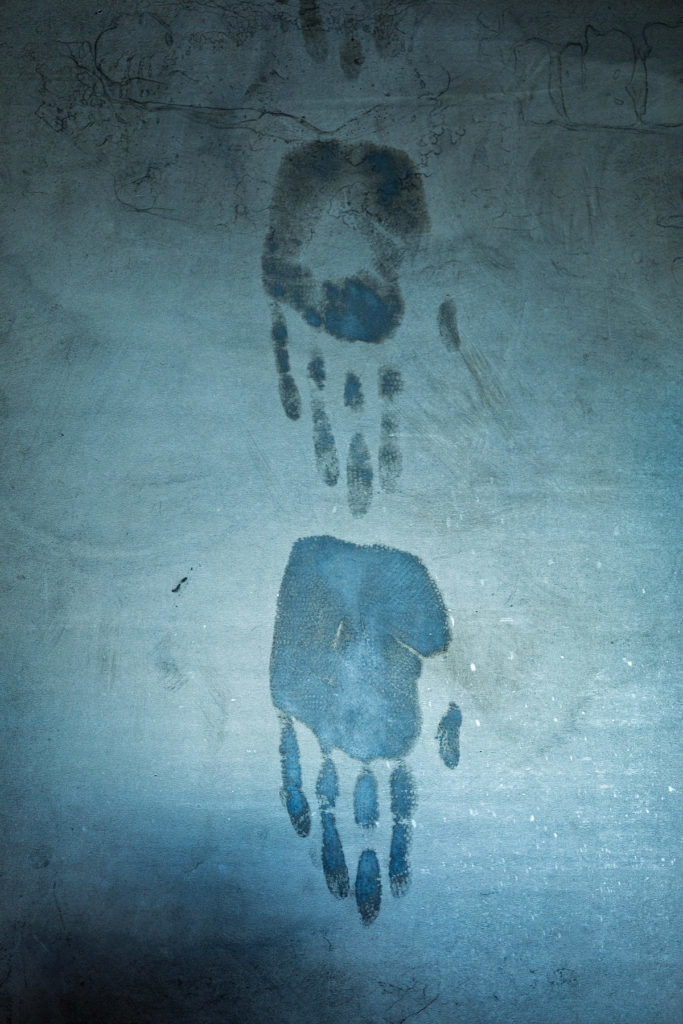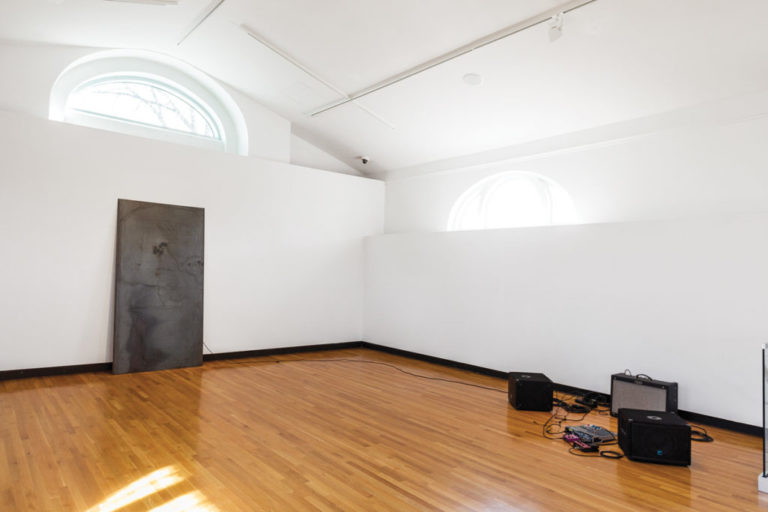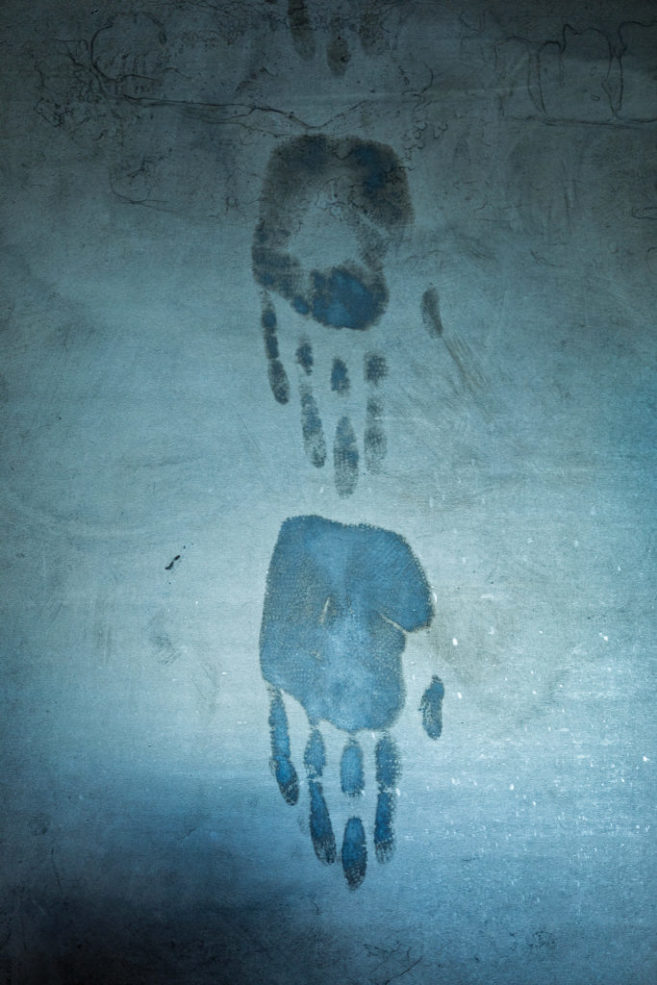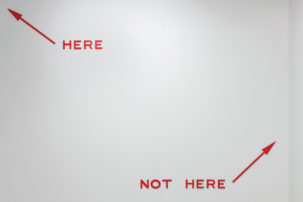There is much at stake for emerging Indigenous artists. Contemporary Indigenous artists, such as Jeneen Frei Njootli, often find themselves oscillating between contradictory world views and ways of being. This includes responsibility to their communities and the expectations of the art industry. The two are not always aligned, and this can create friction. Frei Njootli is a rising star on Canada’s contemporary art scene, having already achieved a notable exhibition record and accolades that include the Contemporary Art Society of Vancouver’s 2017 Artist Prize and being longlisted for the 2017 Sobey Art Award. Despite the hype, Frei Njootli precariously balances her status as an emerging artist based in Vancouver (a career that, at this point, barely pays the bills) with her accountability to her family and home community of Old Crow, Yukon, where she is a member of the self-governing Vuntut Gwitchin First Nation. Finding work-life harmony between two or more home bases is a challenge faced by many Indigenous arts professionals, adding extra stress to the already difficult task of making a living as an artist.
For many Indigenous artists, there is a sense of tension when working within colonial structures that are inherently racist in their foundations. As Indigenous artists, we maintain the right to withhold personal and cultural information as an assertion of sovereignty and artistic freedom in the face of colonial oppression—an act of protection against appropriation and abuse at the hands of museums and art spaces. This need for protection results from the history of colonial institutions objectifying and exploiting Indigenous bodies and lands for museum collections, perpetuating the myth that Indigenous peoples are extinct, and thereby being complicit in the genocide of Indigenous peoples.
Contemporary Indigenous artists have been addressing these issues for decades, a notable example being James Luna’s performance The Artifact Piece (1987), in which Luna critiques the way museums display Indigenous peoples by encasing himself, covered with only a loincloth, in a museum vitrine. Luna’s work exposes the need for Indigenous peoples to be vigilant about protecting our bodies and communities from exploitation. Western-informed and Indigenous emerging artists in Canada face similar challenges when entering a competitive art market with uncertain career prospects (“Western” here referring to artists who were educated from a Western European art perspective, and now work within the dominant Canadian art scene). But as Indigenous artists, we experience unique pressures to represent our families and home communities, and to remain strongly rooted in our cultural heritages as an integral part of our professional practices. There is often the added consideration of leaving our communities for educational and professional pursuits in the city, or working for industries that are in conflict with our values. As Indigenous peoples, we are often held responsible for representing our cultures with dignity and pride, committing in our work and lives to being advocates for positive change for future generations.
The dichotomy of honouring family and culture while pursuing professional goals and having to be an advocate for Indigenous rights within a Western-dominated art scene can be an exhausting experience for Indigenous arts professionals. Frei Njootli’s recent exhibition “red rose and lidii” at the Southern Alberta Art Gallery explored these tensions between Western and Indigenous art methodologies and ways of being. Being Indigenous with one foot in the institution and the other foot in the community is, as Frei Njootli says, “like a jig that covers diverse grounds and ‘sites of mixing’”—an uneasy situation that contributes to burnout for many Indigenous artists.
In an open-source document on her website titled “Indigenous Artist Manifesto,” artist Tricia Livingston compiles a list of maxims created by and for Indigenous artists, among them: “The boundaries between craft and art shall not be categorized”; “Ideas of traditional versus contemporary are of no significance to us”; “We refuse to become commodified objects or to be observed as a spectacle”; and “We refuse to be subject to ethnographic or anthropological study.” Frei Njootli’s practice incorporates this ideology and draws upon her multi-faceted experiences as a hunter and art-school graduate. Her making practice utilizes a diverse range of mediums such as drawing, watercolour, beading, textiles, wearables, printmaking, photographic processes, performance, sound, the preparation and sharing of Indigenous foods, art education, advocacy and activism (as she demonstrates in her efforts with the ReMatriate Collective). Kinship and land are recurring themes in her work and are of the utmost importance in “red rose and lidii.” Bringing familial elements into the gallery, even covertly, makes one vulnerable to exploitation—a risk that many Indigenous artists encounter within the colonial context because Indigenous practice is often rooted in identity and place.
“nichih,” the prickly wild rose of the north in the Vuntut Gwitchin language, is commonly seen throughout the Northern Hemisphere and is a significant summer flower to the Gwitchin people. The rose motif is a common emblem found in Gwitchin decorative art. Frei Njootli’s grandmother loved roses and the beaded red rose in this exhibition is distinctive to her family’s visual aesthetic and designs. But the beadworks themselves are not presented in the exhibition. Instead of showcasing them directly, Frei Njootli presents impressions of these beadworks as body prints—a process that involved first pressing them into her flesh, then transferring the oily impressions onto steel, invoking David Hammons’s famous body prints.

 Jeneen Frei Njootli, wind sucked in through bared teeth (detail), 2017. Steel and grease, 5.7 m x 1.2 m x 0.3 cm. Image courtesy Southern Alberta Art Gallery. Photo: Jaime Vedres.
Jeneen Frei Njootli, wind sucked in through bared teeth (detail), 2017. Steel and grease, 5.7 m x 1.2 m x 0.3 cm. Image courtesy Southern Alberta Art Gallery. Photo: Jaime Vedres.
 Left: Jeneen Frei Njootli, not always legible, her labour seeping, 2017. Steel and grease, 2.4 m x 1.2 m x 0.3 cm. Right: Jeneen Frei Njootli, double needle (silhouette of tin with a wooden chamber and strings), 2017. Sound and music equipment, dimensions variable. Image courtesy Southern Alberta Art Gallery. Photo: Jaime Vedres.
Left: Jeneen Frei Njootli, not always legible, her labour seeping, 2017. Steel and grease, 2.4 m x 1.2 m x 0.3 cm. Right: Jeneen Frei Njootli, double needle (silhouette of tin with a wooden chamber and strings), 2017. Sound and music equipment, dimensions variable. Image courtesy Southern Alberta Art Gallery. Photo: Jaime Vedres.







